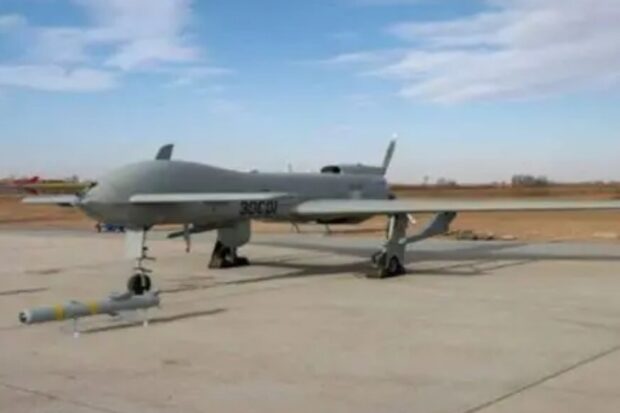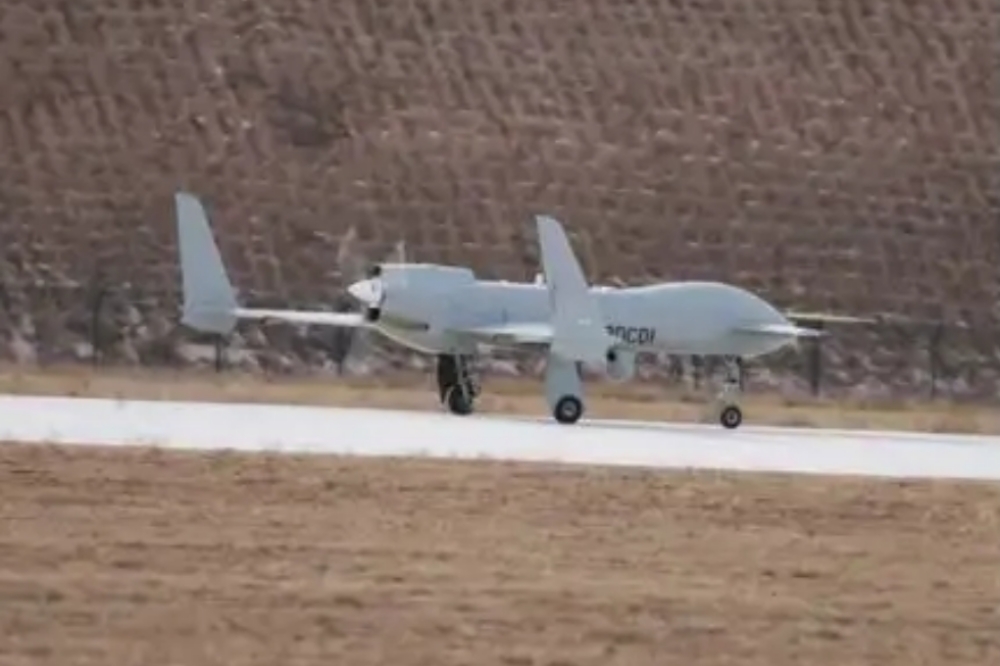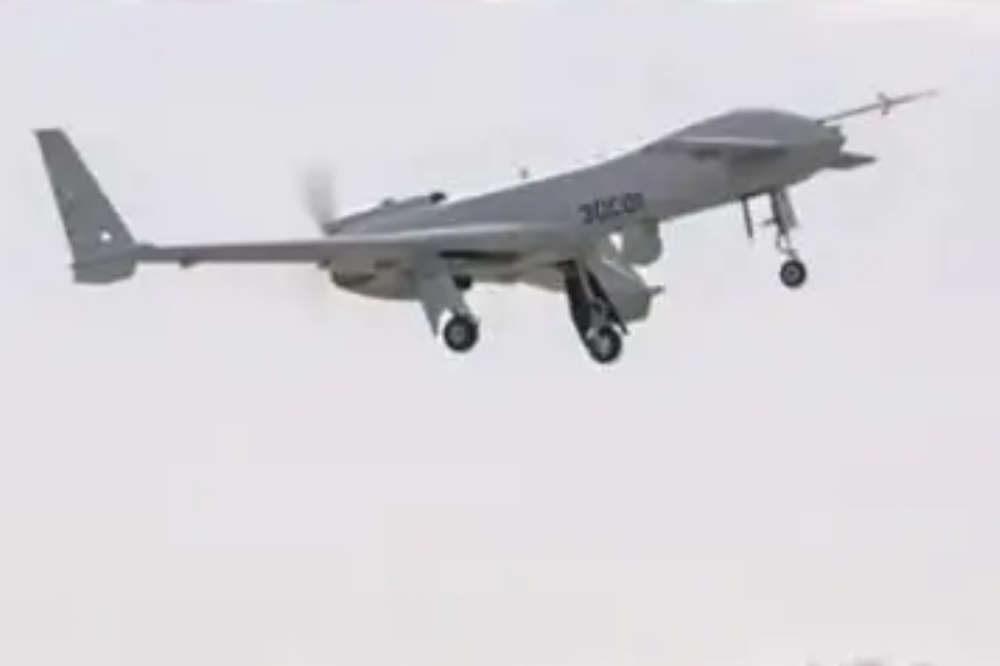The CH-3D Unmanned Combat Aerial Vehicle (UCAV) has made its first public appearance, signaling a significant advancement in drone technology and positioning itself as a strong contender in the global defense market.
This new model, an evolution from the earlier CH-3A, incorporates several critical upgrades aimed at enhancing its operational capabilities and performance.
For now, no concrete information has been shared publicly. All the information provided in this article is based on research and estimations derived from photos and snippets of information found on social media platforms.
China develops the CH-3D UCAV. China Aerospace Science and Technology Corporation (CASC), a state-owned aerospace and defense company, is known to be involved in the development and production of unmanned aerial vehicles, including the CH series of drones The CH-3D is equipped with SATCOM antennas, allowing for improved communication capabilities, especially in remote operations where traditional line-of-sight communications are untenable. This upgrade ensures that the CH-3D can be operated over vast distances.
For the first time in the CH-3 series, the CH-3D is of HALE nature (High Altitude, Long Endurance) and, like the American Global Hawk drones, features retractable landing gear, making it more aerodynamic and extending its flight time as TB2, RQ-9 UAV the CH-3D is able o carry and deliver weaponry with high precision.
Another notable improvement in the CH-3D model is the replacement of fiberglass with advanced composite materials. This change not only reduces the overall weight of the UCAV but also increases its durability and stealth capabilities, making it harder for enemy radars to detect.
The enhancements extend to its surveillance and targeting systems as well. The CH-3D features upgraded electro-optics that provide clearer images and more accurate targeting information, which are crucial for intelligence, surveillance, and reconnaissance (ISR) missions. Additionally, the new engine modifications have improved the drone’s fuel efficiency and thrust-to-weight ratio, allowing for longer missions and greater payload capacity.
In conclusion, the CH-3D UCAV represents a significant leap forward from its predecessor, the CH-3A, regarding technological advancements and operational capabilities. When compared to the Turkish TB2, a well-established competitor in the market, the CH-3D stands out with its superior communication systems and material enhancements. The TB2 has been renowned for its effective operational track record and cost-efficiency, which has made it a popular choice among several nations.
However, the CH-3D’s latest improvements in stealth, endurance, and payload capacity position it as a formidable rival in the increasingly competitive global UCAV market. As nations look to bolster their defense capabilities with cutting-edge technology, the CH-3D is poised to become a key player in the international arena.
The CH-3D drone positions itself as a direct competitor to the Turkish TB2 drone; however, the difference will come down to pricing. The Turkish TB2 is generally recognized for its cost-effectiveness, a significant factor contributing to its widespread adoption by various countries. Its price is estimated to range between $1-2 million per unit, depending on the configuration and quantity purchased.
In contrast, the CH-3D, boasting advanced features such as SATCOM capabilities, composite materials, and enhanced electro-optics, is likely to be positioned at a higher price point to reflect these technological advancements. Although specific pricing details for the CH-3D have not been publicly disclosed, it can be anticipated that the unit cost would surpass that of the TB2, targeting a market segment that prioritizes advanced capabilities over cost.
Source: Army Recognition



